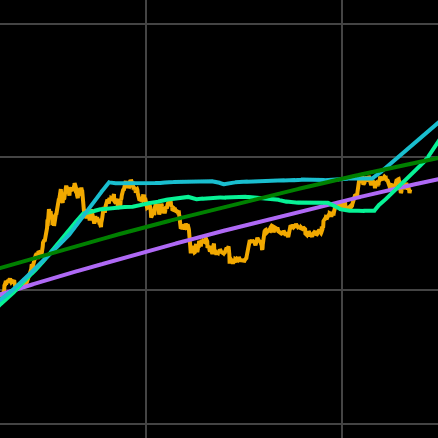
Key Takeaways
- USDT supply has surpassed $150 billion, now representing 63% of all stablecoins.
- Stablecoins averaged $521 billion in weekly transfer volume in 2025, far exceeding Visa and PayPal combined.
- Visa, Mastercard, and PayPal have all launched stablecoin initiatives to keep pace with growing demand.
Tether’s USDT has reached a new milestone with over $150 billion in circulating supply, dominating 63% of the total $238 billion stablecoin market as of May 12.
This growth comes as stablecoins average more than $521 billion in weekly transfer volumes during 2025, significantly outpacing traditional payment networks.
Stablecoins vs. traditional payment networks
According to Artemis data, stablecoins regularly outperformed Visa and PayPal in volume.
For example, during the week of Jan. 20, stablecoins processed $654.9 billion, surpassing Visa and PayPal’s combined $351.2 billion by over $300 billion.
Similar trends appeared on Jan. 6, Jan. 13, Jan. 27, and Feb. 3.
Factors driving USDT’s growth
Tether credited the surge in demand to its decade-long development and global adoption by over 400 million users.
In 2024 alone, stablecoins processed $24.6 trillion—7.7% more than the combined volume of Visa and Mastercard.
Traditional financial firms adapting
Traditional financial firms are adapting quickly.
Visa introduced a platform in October 2024 for tokenizing fiat currencies and launched stablecoin-powered cards in Latin America.
Mastercard reported to the SEC that 30% of its 2024 transactions had been tokenized and unveiled a stablecoin-compatible card.
PayPal’s PYUSD resurgence
PayPal’s own stablecoin, PYUSD, launched in 2023, saw a resurgence this year.
After dipping below $450 million in late 2024, its supply has nearly doubled since February, now approaching $930 million.




